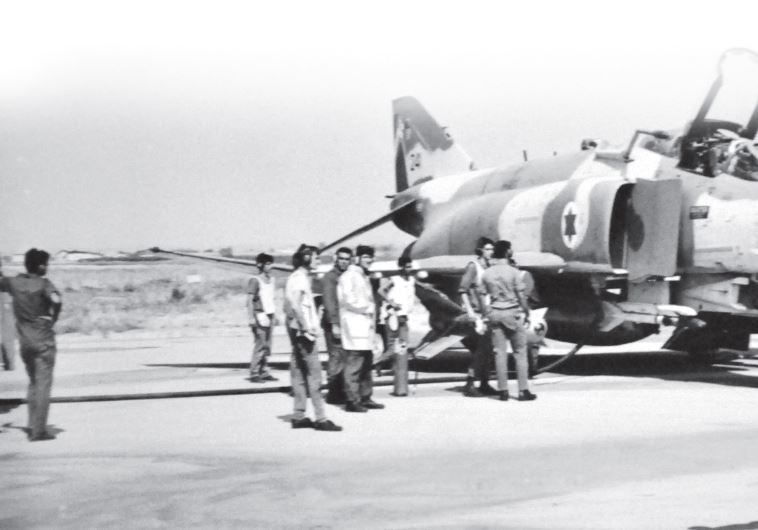Operation Mole Cricket 19: 34 years later, the IAF's most decisive victory remains the standard
To this day, the details of Operation Mole Cricket 19 remain classified.
 Pilots gather before takeoff and the start of Operation Mole Cricket 19, in June 1982(photo credit: COURTESY AVI BARBER)
Pilots gather before takeoff and the start of Operation Mole Cricket 19, in June 1982(photo credit: COURTESY AVI BARBER)